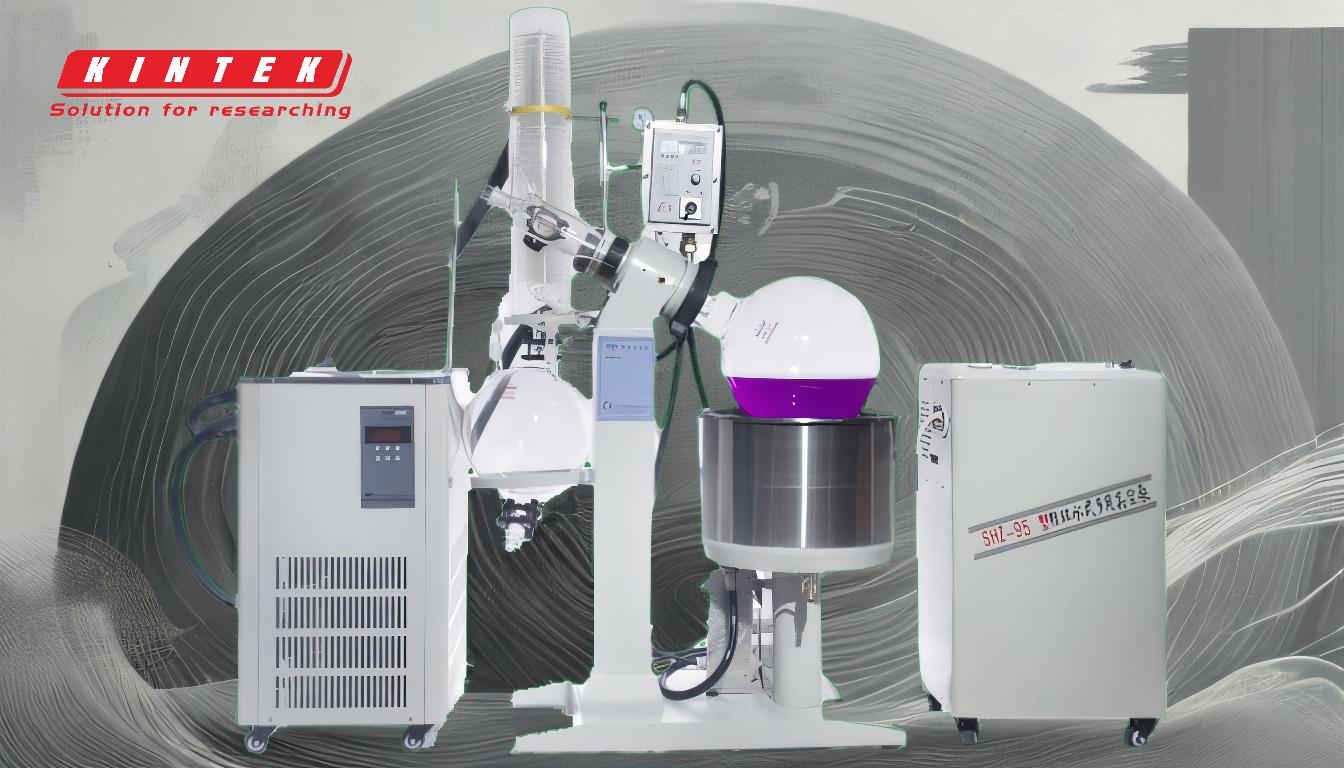The choice between simple distillation and fractional distillation depends on the specific requirements of the separation process. Simple distillation is suitable for separating liquids with significantly different boiling points, while fractional distillation is more effective for separating liquids with similar boiling points or those requiring higher purity. Fractional distillation, though more expensive, offers enhanced separation efficiency and purity due to the use of a fractionating column, making it ideal for complex separations such as in the petroleum and alcohol industries.
Key Points Explained:

-
Basic Principle and Process:
- Simple Distillation: Involves boiling a liquid mixture and condensing the vapor to separate components based on their boiling points. It is effective for mixtures with large differences in boiling points.
- Fractional Distillation: Similar to simple distillation but includes a fractionating column, which provides multiple stages of vapor/liquid contact, enhancing separation efficiency. This method is suitable for mixtures with closer boiling points.
-
Separation Efficiency:
- Simple Distillation: Limited to separating components with significantly different boiling points. It is less effective for mixtures with similar boiling points.
- Fractional Distillation: Capable of separating components with similar boiling points, often differing by as little as 25°C. The fractionating column allows for multiple condensation and re-vaporization cycles, significantly increasing purity.
-
Applications:
- Simple Distillation: Commonly used in laboratories for straightforward separations, such as purifying water or separating solvents.
- Fractional Distillation: Widely used in industrial applications, such as petroleum refining and alcohol purification, where high purity and precise separation are required.
-
Cost and Complexity:
- Simple Distillation: Less expensive and simpler to set up and operate. It requires minimal equipment and is easier to maintain.
- Fractional Distillation: More expensive due to the additional equipment (fractionating column) and higher operational complexity. However, it offers superior separation capabilities, justifying the cost for complex separations.
-
Advantages and Limitations:
-
Simple Distillation:
- Advantages: Cost-effective, easy to operate, suitable for simple separations.
- Limitations: Ineffective for close-boiling mixtures, lower purity levels.
-
Fractional Distillation:
- Advantages: High separation efficiency, capable of handling complex mixtures, higher purity levels.
- Limitations: Higher cost, more complex setup and operation.
-
Simple Distillation:
-
Practical Considerations:
- Simple Distillation: Best suited for small-scale operations or when the cost is a significant factor. It is ideal for educational purposes and basic laboratory tasks.
- Fractional Distillation: Preferred for industrial-scale operations where high purity and precise separation are critical. It is essential in industries such as petrochemicals, pharmaceuticals, and beverage production.
In summary, while simple distillation is adequate for basic separations, fractional distillation offers superior performance for more complex and precise separations, making it the better choice in many industrial and high-purity applications.
Summary Table:
| Aspect | Simple Distillation | Fractional Distillation |
|---|---|---|
| Basic Principle | Separates liquids with large boiling point differences. | Uses a fractionating column for closer boiling points. |
| Separation Efficiency | Limited to large boiling point differences. | Effective for similar boiling points (as close as 25°C). |
| Applications | Lab-scale separations (e.g., water purification). | Industrial-scale (e.g., petroleum, alcohol refining). |
| Cost and Complexity | Low cost, simple setup. | Higher cost, complex setup. |
| Advantages | Cost-effective, easy to operate. | High separation efficiency, higher purity. |
| Limitations | Ineffective for close-boiling mixtures. | Higher cost and operational complexity. |
Need help choosing the right distillation method for your application? Contact our experts today for personalized advice!










